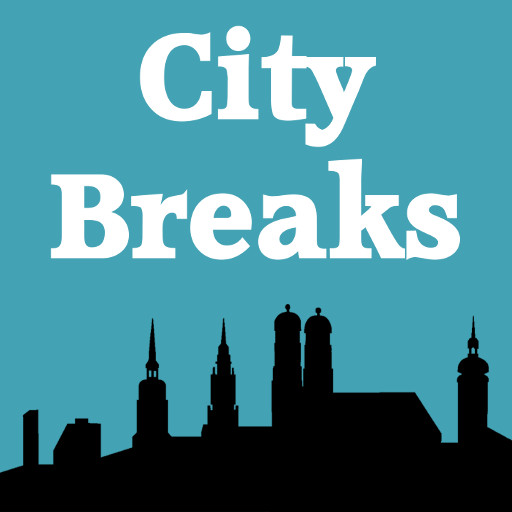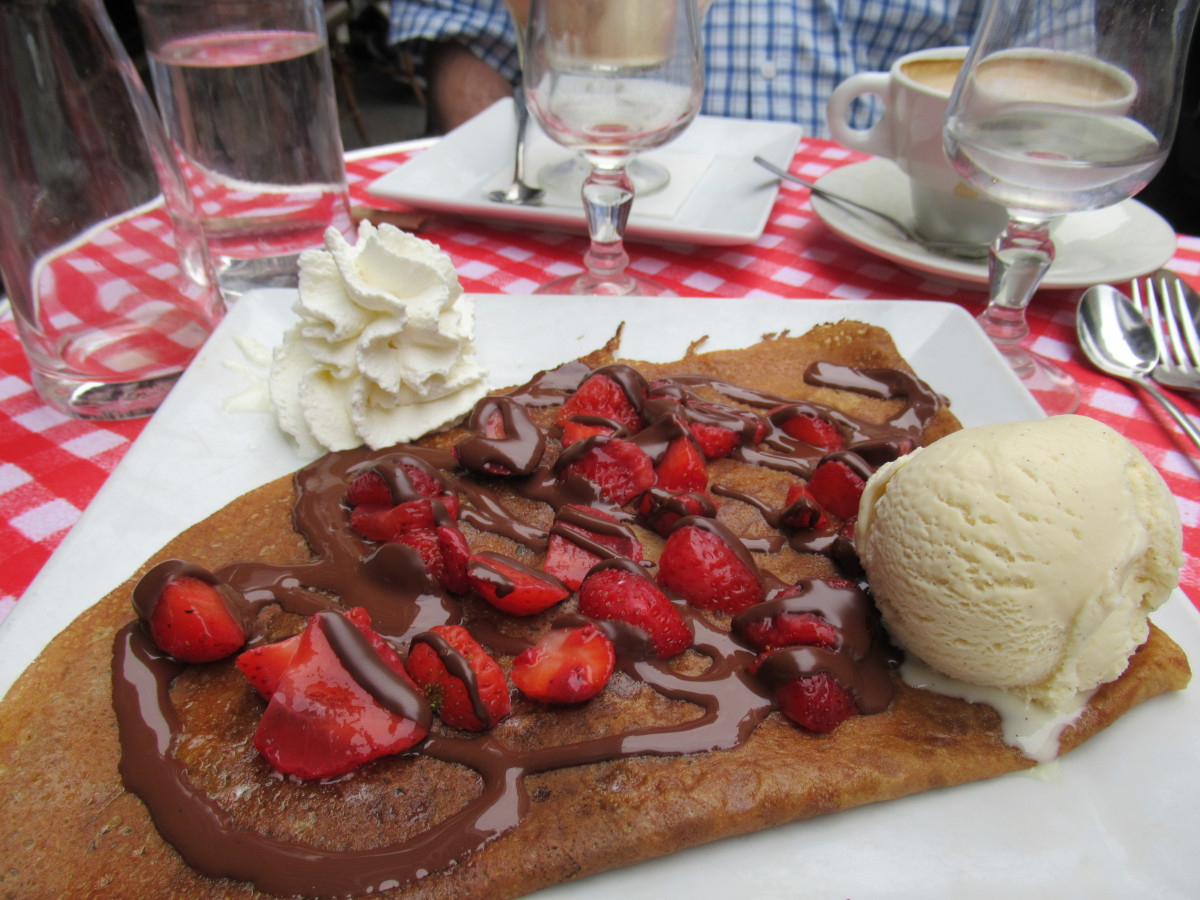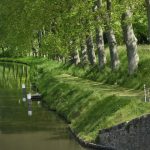‘You, who have been to Paris, know. And you who have not been to Paris, go!’ If you need an introduction to Paris, this quotation from John Ruskin, written in the 1830s, tells you all you need to know. It has long been many people’s favourite city and still today, it often tops the polls on popular city-break destinations.
This first post in a series of 22 brings you all the information you need to help you get your bearings and pick up the basic facts which underpin everything you see and experience in the city. Handy! See below for a full list of the episodes in our Paris series, useful links and a reading list.
Get Your Bearings
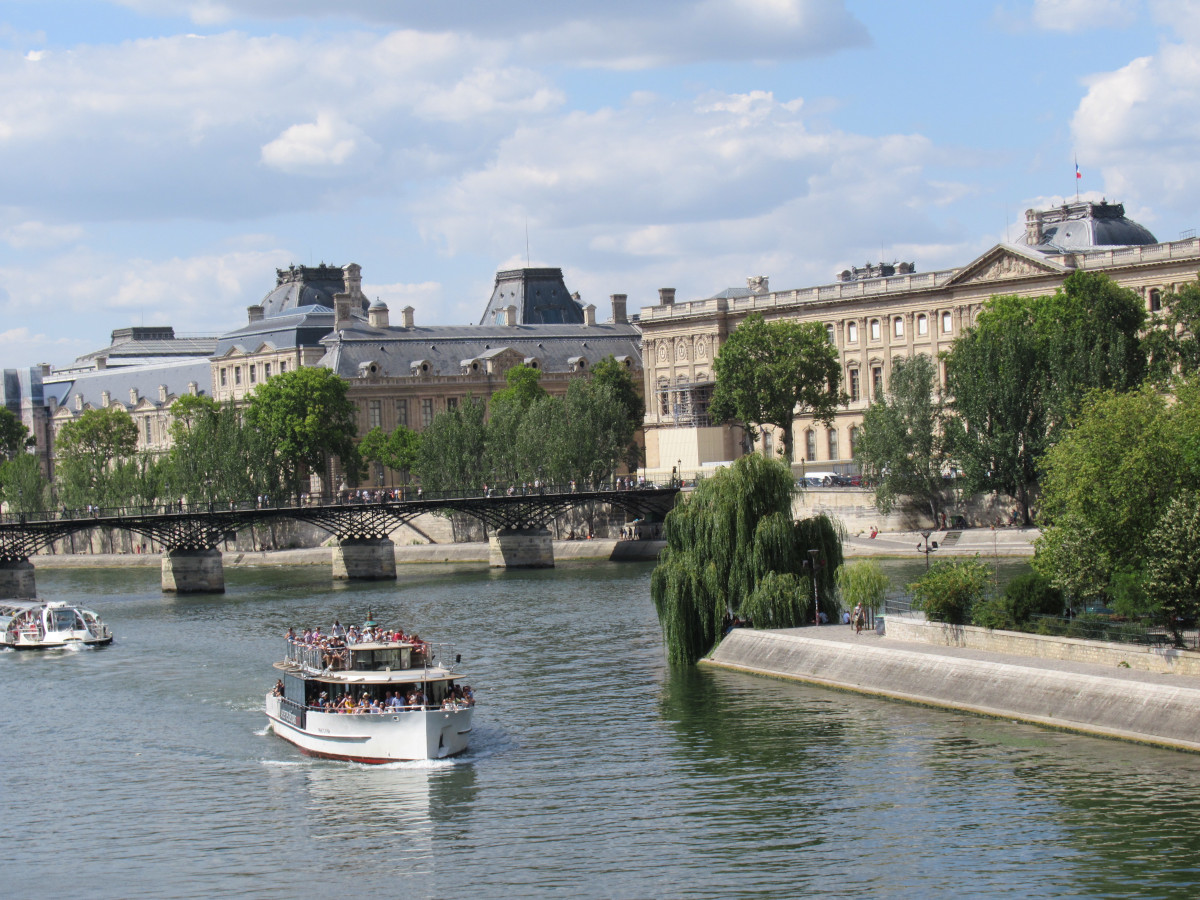
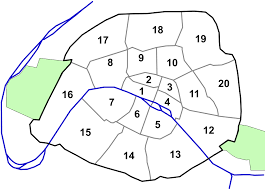
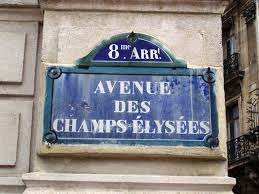
The geography is straightforward. The city sits on the River Seine which flows through it from east to west, creating the distinctions ‘right’ and ‘left’ bank. Parisians say ‘La rive droite dépense’ (the right bank spends) and ‘la rive gauche pense’ (the left bank thinks), contrasting the more commercial side with its arty, academic counterpart. The heart of Paris is the place where the river subdivides and meets up again, creating two islands, the Île de la Cité and the Île St Louis. The 20 arrondissements of central Paris spiral out from there in a snail-like pattern.
The Grande Axe gives Paris an elegant structure. That’s the long straight line from the Louvre along the Champs Élysées to the Arc de Triomphe and then on to La Défense, where a second 20th century arch mirrors the original. Paris is dotted with over 400 little parks and garden squares and its larger parks such as the Tuileries, running alongside the Seine and the Jardin du Luxembourg in the 6th arrondissement are justly famed. On each side of Paris is a major forest area, formerly royal hunting grounds, and now green spaces for Parisians and visitors alike: the Bois de Boulogne to the west and the Bois de Vincennes to the east.
History: From The Romans to Napoleon
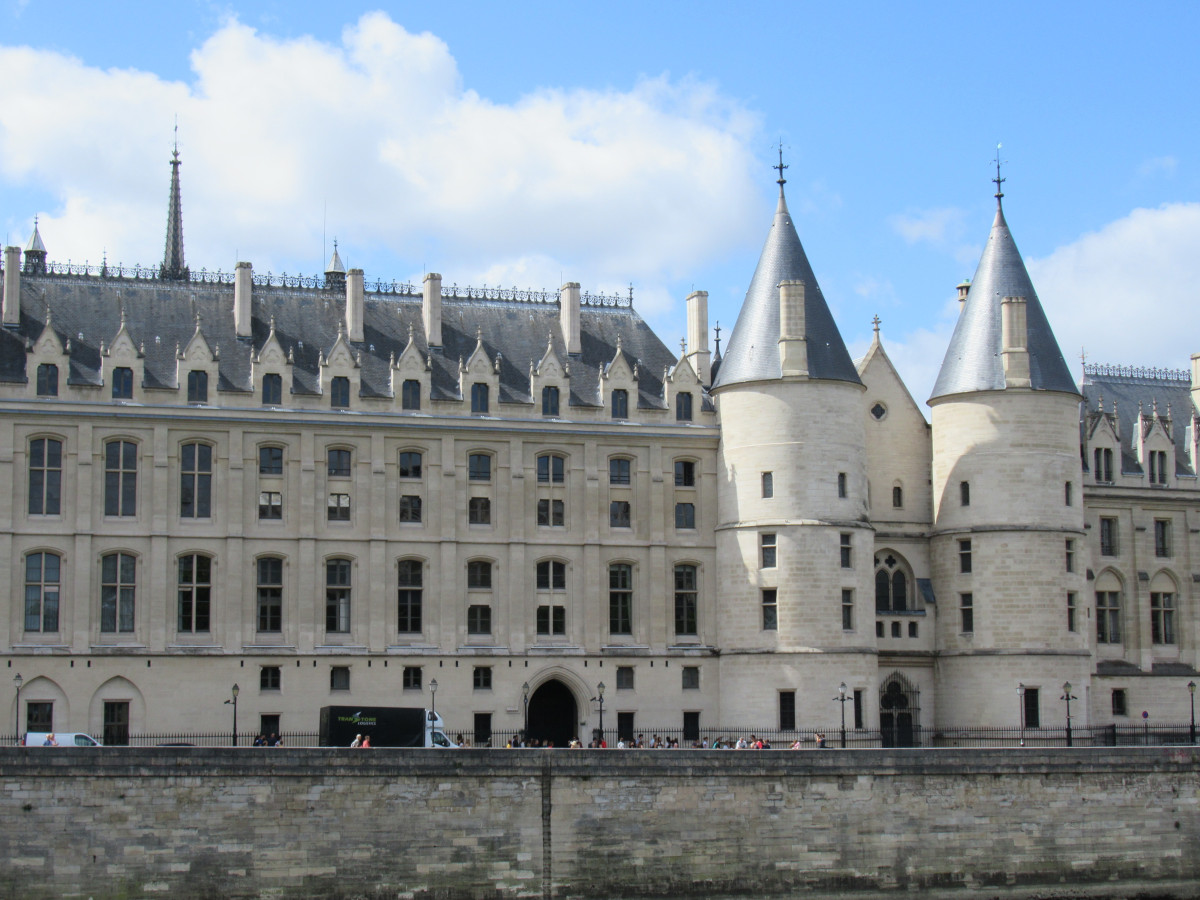
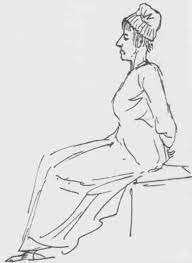
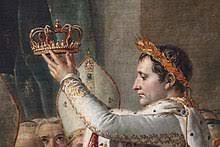
Traces of the Romans and also of medieval Paris can be found, at the Musée de Cluny for example, but much of this was swept away in later centuries. Parisian grandeur perhaps began in the 17th century, at the court of Louis XIV at the Palais Royal and at Versailles. Indeed, Louis’ architect promised to fill the city ‘with so many magnificent buildings that the world will look on in wonder.’ In the 18th century, Paris saw itself as the intellectual capital of the world, proud of her Enlightenment philosophers such as Voltaire and Diderot, her literary salons and the newly developing café culture where radical ideas were discussed.
1789: the date that changed everything, not just in France but across the world. Revolution, the execution of the monarch Louis XVI and his queen, Marie Antoinette, and the Declaration of the Rights of Man were all pivotal, as was what followed. Napoleon Bonaparte changed Europe with his wars, France with his new laws – the Code Napoléon – and Paris with his innovative road and canal systems and his building projects such as the Quais de Seine, the Arc de Triomphe and La Madeleine, originally conceived as a temple to his ‘Grande Armée’, but today a church.
HISTORY: From the Belle Epoque to the Modern Day
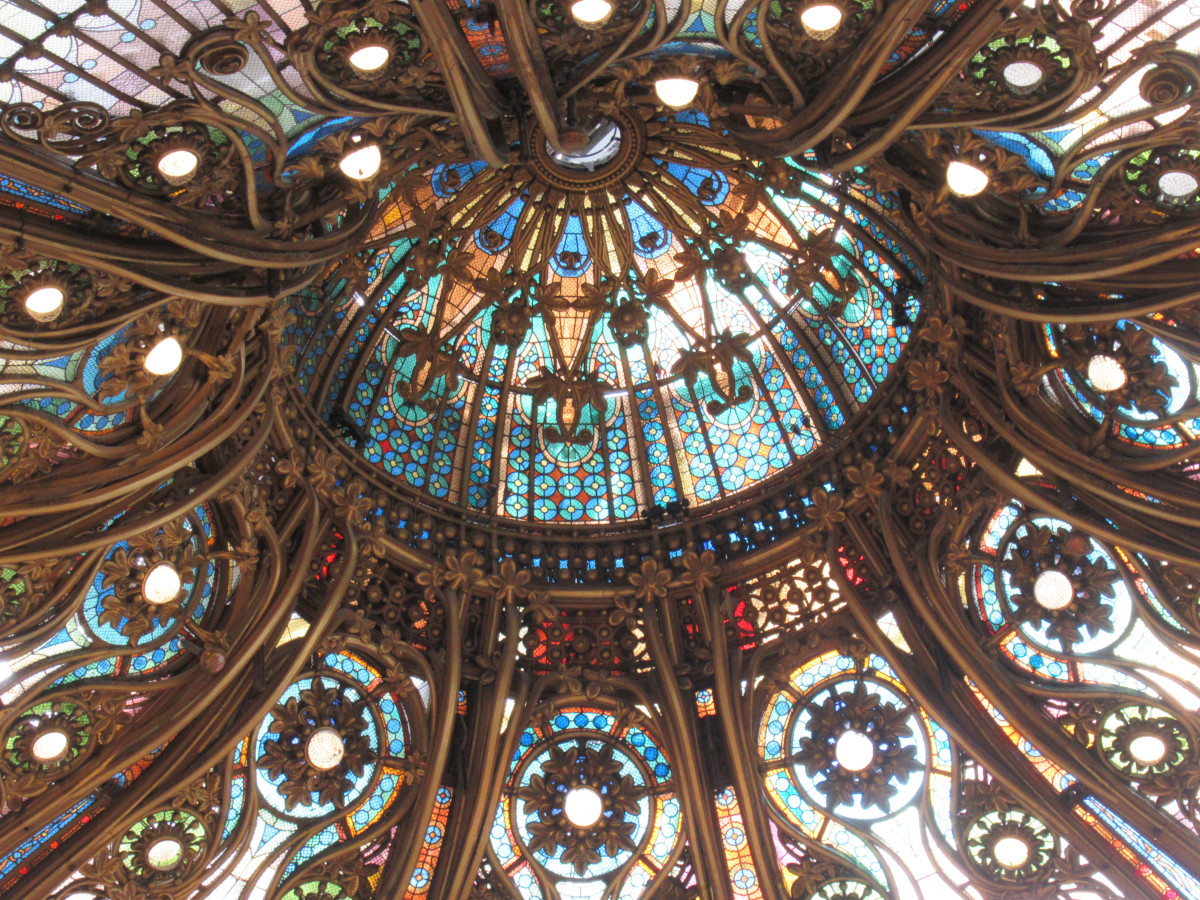
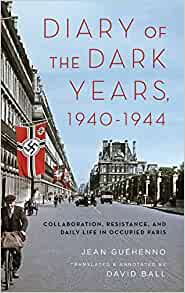
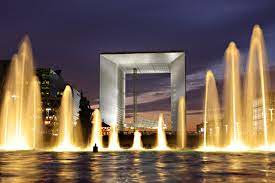
Most of the 19th century was turbulent – more monarchy, more revolutions, the Germans besieging the city in 1870 – but towards its end came the Belle Époque, with the building of the Opéra Garnier and the Eiffel Tower, a flourishing of art and design and a bohemian culture. It all came crashing down with the outbreak of War in 1914, then followed the 1920s, or ‘crazy years’ – ‘les années folles’ – so the Paris of jazz clubs, F Scott Fitzgerald and Ernest Hemingway. The German occupation of Paris in the 1940s was known as ‘les années noires’ (the dark years), although the Resistance movement was strong and Parisians were finally able to celebrate ‘la libération’ in August 1944.
In the 1970s there was a move towards modernisation: as the Tour Montparnasse was built and the old district of Les Halles was pulled down and replaced by buildings of glass and steel. A backlash followed: ‘non, merci’ to any more ugly new buildings in beautiful Paris. But outgoing presidents have tended to leave an architectural legacy, known as ‘grands projets’, of which the Pompidou Centre, the Louvre’s pyramid and the Grande Arche de la Défense are examples.
Paris: ‘Le Look’
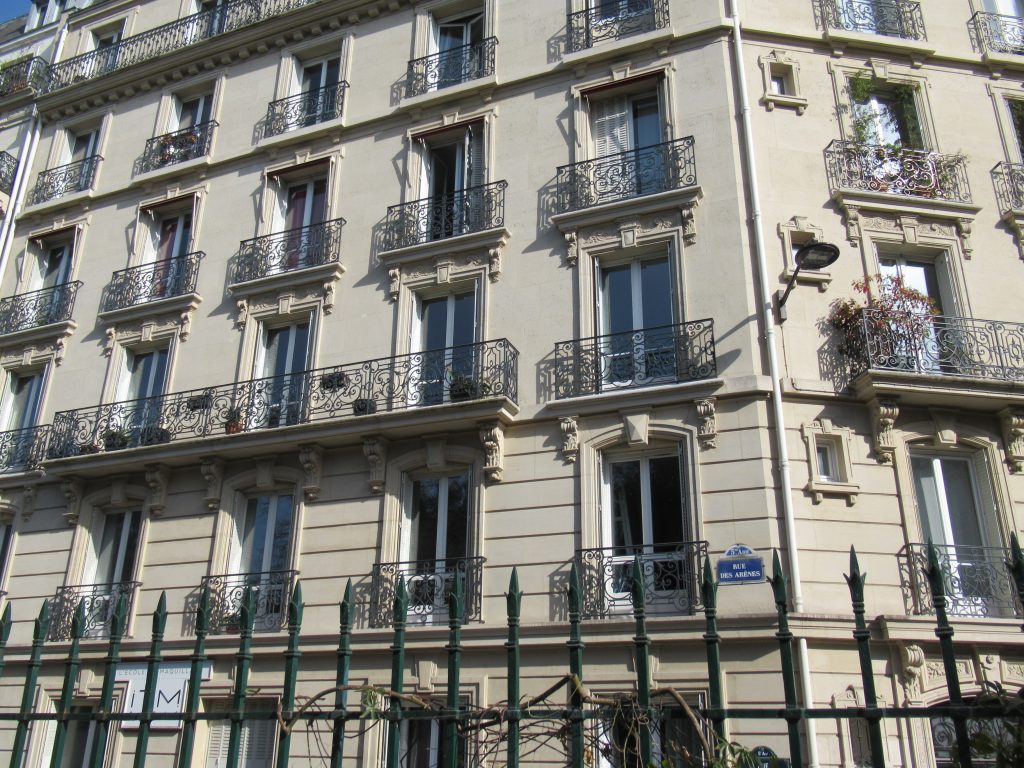
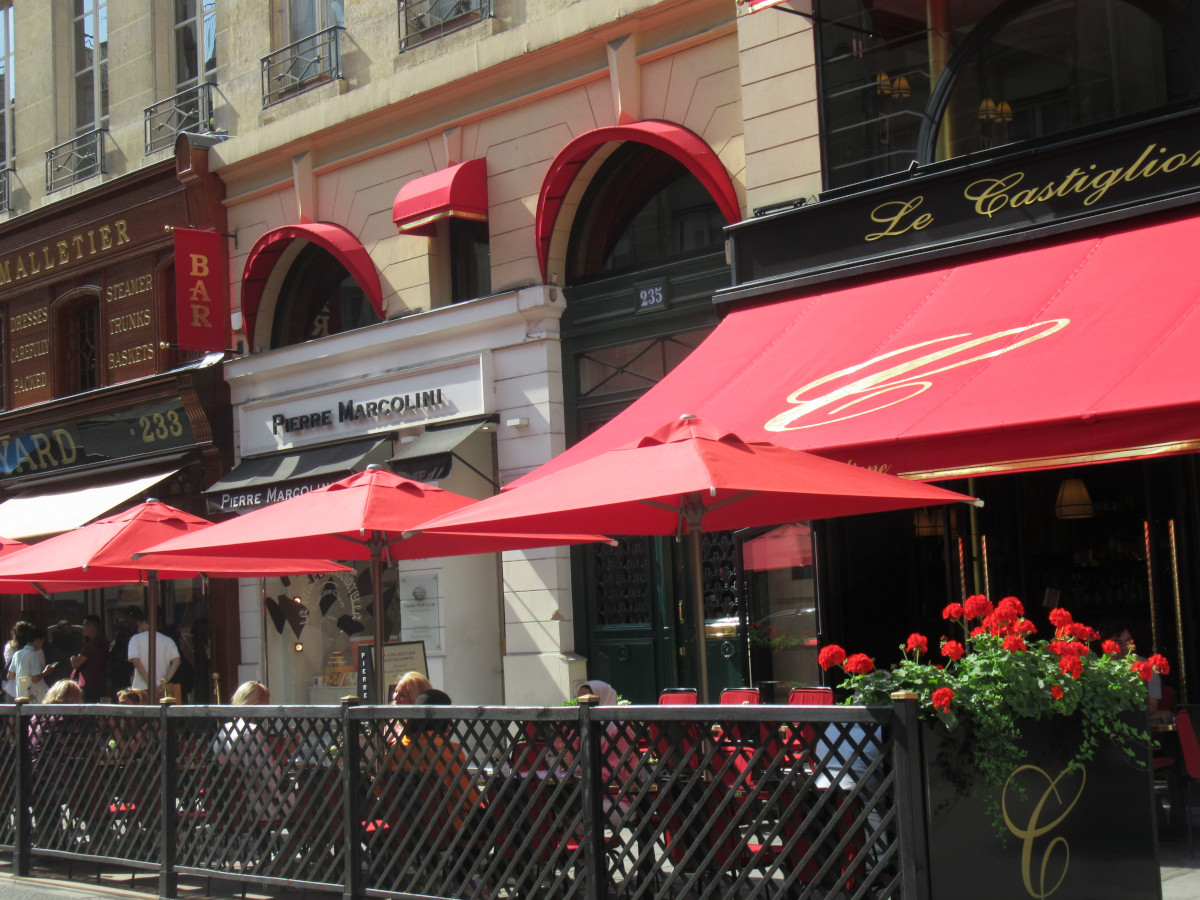
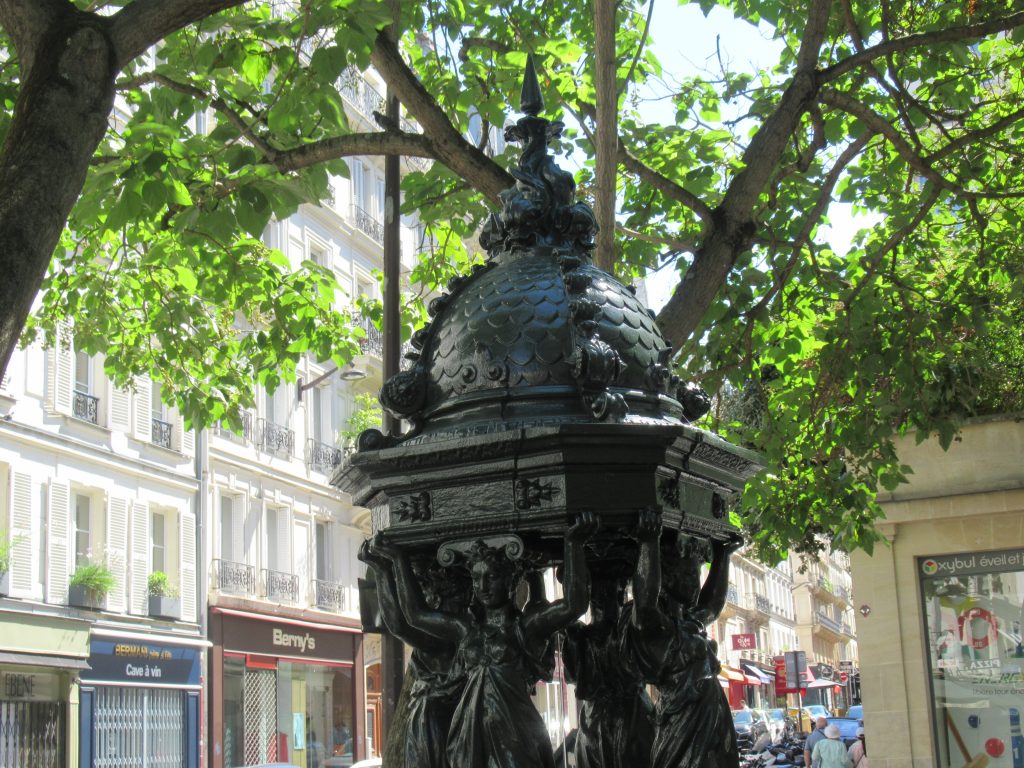
Paris has ‘un look’ which is unique: cobbled streets and wide boulevards, 19th century lampposts, an art déco feel to the metro entrances, red café awnings, a uniform dark green paint for benches, railings and lampposts, Baron Haussmann’s elegant terraces with their lovely balconies. Parisians care what their city kooks like; it’s beautiful and they intend to keep it that way. Thomas Gray was writing in 1739, but his words remain true today: ‘The view from the Pont Neuf is the charmingest sight imaginable.’
In the next post, we’ll be starting in the very heart of the city, Île de la Cité and Île St Louis. Meanwhile, we can recommend some useful links and staple guidebooks which proved invaluable in our research. And, if you fancy doing some reading around Paris in all its variety, we also list below some ideas for literary anthologies, a history book for travellers and the best Paris memoirs we’ve come across so far. And scroll down a bit more for links to each of our other Paris episodes.
Listen to the podcast
other posts in the paris series
The Heart of Paris
Two Paris Cathedrals: Notre Dame and St Denis
Versailles and the Court of Louis IV
Revolutionary Paris
Napoleon’s Paris
Montmartre – the Paris you always imagined
Belle Epoque Paris
Where to find Impressionism in Paris
In Search of the Occupation in Paris
Intellectual Paris – Montparnasse and the Latin Quarter
The Seine and the Champs Élysées
Saint Germain
The Louvre
Modern Art
Le Shopping
Café Culture
Buried in Paris
Two Literary Houses
Memoirs of Paris
Moments of History in Paris
Paris seen through Fiction
Links & Reading
Useful websites for tourists
https://en.parisinfo.com/
https://www.paristouristinformation.fr/
https://secretsofparis.com/planning-your-visit/tourism-offices/
https://www.visitparisregion.com/en/services/tourist-information-centres
Four comprehensive guidebooks
Lonely Planet Paris
The Rough Guide to Paris
Fodor’s Paris
Eyewitness Paris
Three Literary anthologies and a history book for travellers
City Lit Paris edited by Heather Reyes
Paris: a Literary Companion by Ian Littlewood
A Place in the World called Paris by Miles Hyman and Steven Barclay
A Traveller’s History of Paris by Robert Cole
Five Paris Memoirs
The Flaneur by Edmund White
Paris to the Moon by Adam Gopnik
The Sweet Life in Paris by David Lebowitz
Paris Revealed by Stephen Clarke
The Only Street in Paris by Elaine Sciolino
Last Updated on May 3, 2023 by Marian Jones
